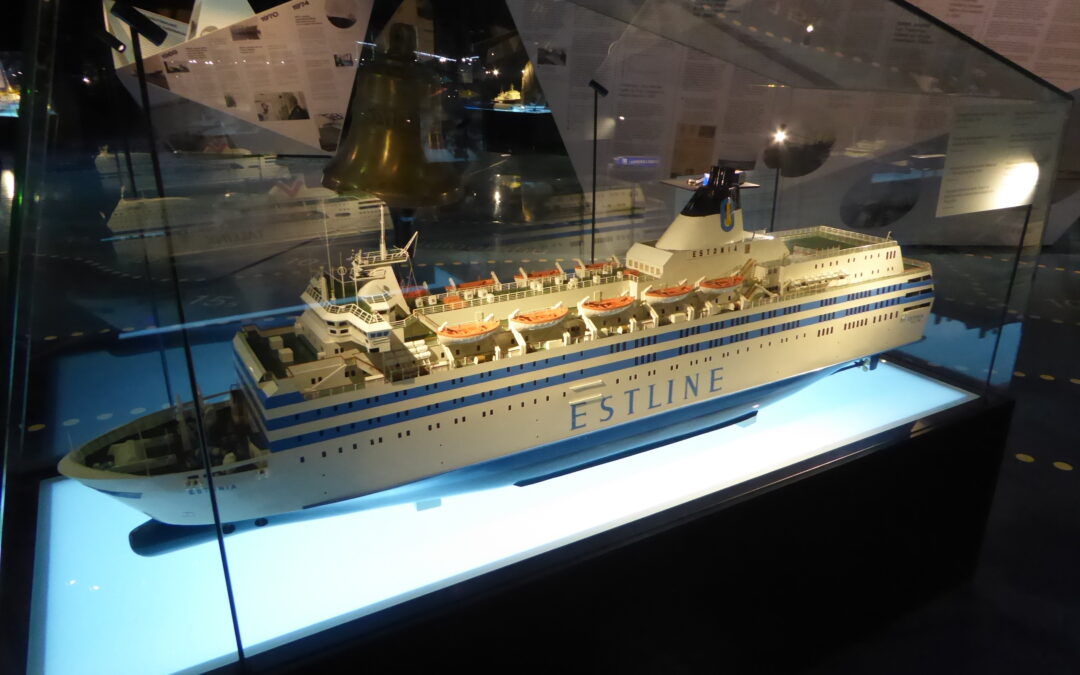Ships carrying investigators from Sweden and Estonia have arrived at the spot where the MS Estonia sank in 1994, resulting in 852 deaths. Sweden has changed the law to allow new investigations into the cause of the tragedy. Diving started on Friday according to the Swedish Accident Investigation Authority.
The Estonia sank during a heavy storm in the Baltic Sea on its way from Tallinn to Stockholm. Investigators initially concluded that the disaster was probably caused by problems with the bow visor, although all sorts of alternative theories circulate about Europe’s biggest shipwreck since World War II. These range from a collision with a submarine to an explosion on board.
Holes in the hull
The discussion about the cause of the disaster received a new impulse last year when a documentary with new images of the disaster site was shown. Documentary makers showed images of two large holes in the hull of the sunken ferry. The authorities wanted to know more about this, but could not simply send a team to the disaster site.
Also read: ‘Estonia ferry disaster caused by collision with submarine’
This is because the disaster site has a protected status as a mass grave. It is illegal to disturb the shipwreck and this led to a court case against the documentary makers, who were ultimately not convicted. Now that Sweden has amended the regulations, an official investigation can begin.
In the Baltic Sea, a small-scale preliminary investigation is now starting. The Swedish Accident Investigation Authority expects the full investigation to be completed by spring 2022.
Also read: New Estonian government insists on investigation into Estonia ferry disaster
Picture: Model of M/S Estonia (by Leif Jørgensen).
Source: ANP








